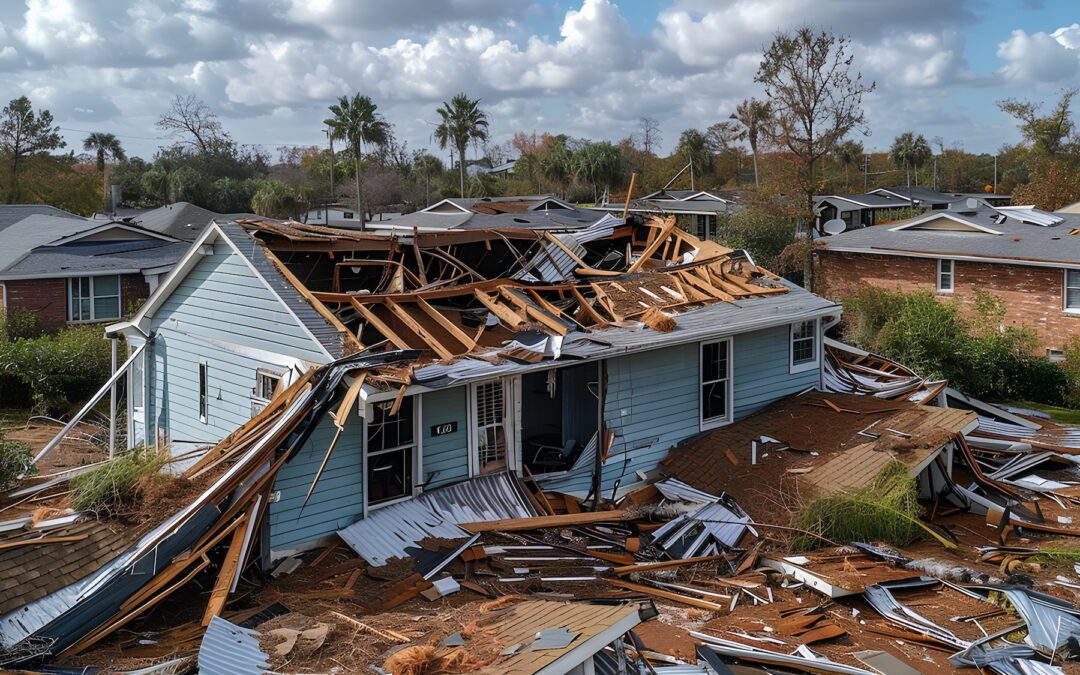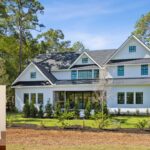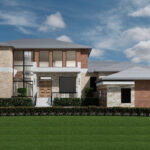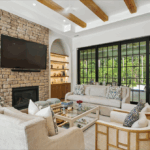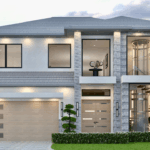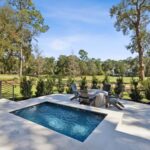When constructing luxury homes in hurricane-prone areas like Bluffton, South Carolina, the choice of materials can determine the difference between survival and destruction. While the region has been fortunate to escape major hurricanes recently, future storms may not be so forgiving. For homeowners in these areas, it’s critical to build homes that can withstand hurricane-force winds, heavy rains, and storm surges.
This article will explain why building with cinderblock and concrete offers superior protection compared to wood-frame homes, especially in regions at risk of severe storms. May Residential, a trusted leader in custom luxury home building, ensures that homes are built with the resilience needed to withstand even the most powerful hurricanes.
Why Wood-Frame Homes Fail in Hurricanes
Wood-frame homes, though commonly used in residential construction, are no match for the force of a hurricane. These structures are highly vulnerable to wind damage, especially in areas where hurricane winds can reach over 140 miles per hour. The lightweight nature of wood makes these homes particularly susceptible to collapse during high-wind events.
Additionally, wood is prone to moisture damage. Hurricanes often bring torrential rains and storm surges, which can cause flooding. Wood absorbs water, leading to potential rot, mold growth, and structural weakening. This not only compromises the home’s integrity but can also lead to expensive repairs.
Cinderblock and Concrete: The Superior Choice
In contrast, cinderblock and concrete are far better suited for hurricane-prone areas. Concrete structures are designed to withstand winds of up to 200 miles per hour, offering a much higher level of protection during major hurricanes. Additionally, cinderblock homes, when reinforced with steel bars and filled with concrete, can resist the powerful forces generated by hurricane winds.
Concrete is also far less vulnerable to water damage than wood. It does not absorb moisture, preventing the long-term effects of flooding, such as mold or weakening. In coastal areas like Bluffton, where storm surge is a significant threat, this makes concrete a far more resilient choice(Bluffton Township Fire District)(Blufftonian).
Long-Term Value and Safety
Though the upfront costs of building with concrete may be higher than wood-frame homes, the long-term benefits are substantial. Homes built with cinderblock and concrete require fewer repairs, are less susceptible to water damage, and often qualify for lower insurance premiums in hurricane zones.
The May Residential Difference
At May Residential, we specialize in building luxury homes that are not only stunning but also durable enough to withstand hurricanes. Our use of cinderblock and concrete in construction ensures that your home will stand strong against even the most severe storms. Our commitment to quality and craftsmanship means you get a home designed to last for generations, regardless of the weather.
Conclusion
When building a luxury home in Bluffton or other hurricane-prone areas, selecting the right materials is crucial. While wood-frame homes may be a popular choice elsewhere, they are no match for the extreme weather conditions along the coast. By choosing cinderblock and concrete, you are ensuring that your home remains safe and secure during hurricane season. With May Residential’s expertise, you can have both a beautiful and resilient home that will protect your family and investment.

